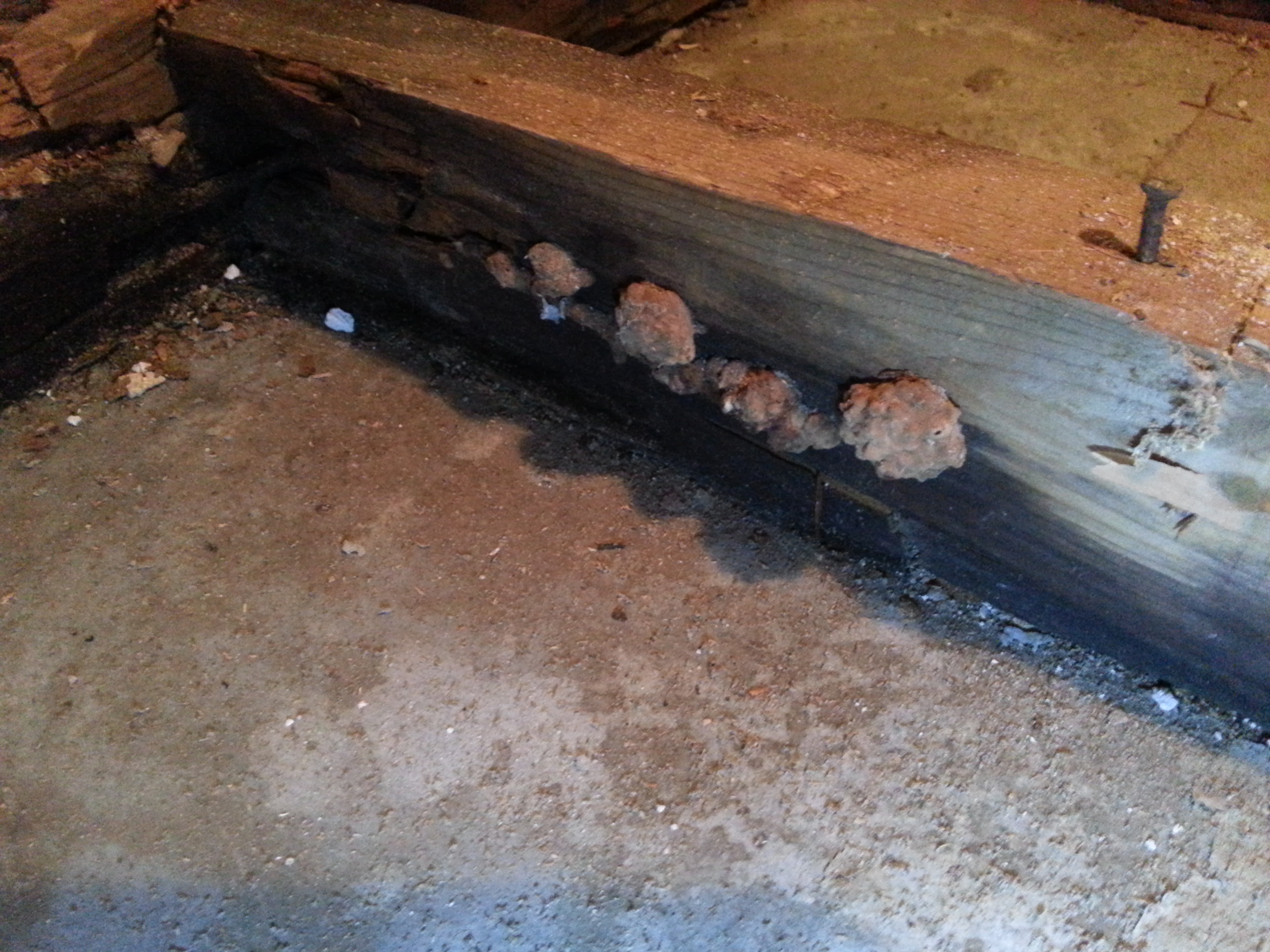 When you’ve been through a long winter (as we go through every year here in New Jersey, more or less), there are plenty of cobwebs and dusty corners by the time spring rolls around. Effectively, your home has been shut tight for the past 4 or 5 months. In many cases, the air has been exceedingly dry – in which case you have used a humidifier to combat the dryness in your home environment.
When you’ve been through a long winter (as we go through every year here in New Jersey, more or less), there are plenty of cobwebs and dusty corners by the time spring rolls around. Effectively, your home has been shut tight for the past 4 or 5 months. In many cases, the air has been exceedingly dry – in which case you have used a humidifier to combat the dryness in your home environment.
For these and other reasons, mold has a way of being discovered in the springtime – or worse, not being discovered at all. People often assume that mold is a problem that only occurs during the warmer months, but this isn’t the case at all. The risk for residential mold is even higher if (as mentioned) people use humidifiers excessively. Basements and attics also tend to collect humidity, even during the winter, and it’s common for mold to grow in these places.
Basements
Most basements are dark and dank, with plenty of humidity. As long as there is enough warmth, mold can thrive in these conditions. Another common reason for basement mold is that people tend to accumulate clutter in their basements, and some of this stuff (old furniture, stacks of magazines, etc.) is very good “food” for mold.
Attics
Attics are another common hiding place for mold, whether you have a finished attic or just a crawlspace. For one thing, this is often the warmest area of the home, as rising heat and moisture get trapped. Mold grows easily in these conditions, and can often colonize for months or even years before anyone notices.
Humidifiers
It might not seem obvious, but humidifiers are actually a common place for mold to grow – especially when they’re used excessively. If mold spores can grow and thrive inside the apparatus itself, those spores are effectively being spread around the house in the form of a moldy mist – definitely not a situation any homeowner wants!
Kitchens
The kitchen is another place in the house that produces a lot of humidity. If you do a lot of cooking in the kitchen, and there is a lot of steam rising off the stove, that humidity will stick around without proper ventilation. Mold removal specialists often recommend that people install ventilators for this reason. During the winter, or even during hot summers when the air conditioning is typically on, and the house is sealed from the outdoor elements, the kitchen tends to collect humidity due to the heat that’s produced from cooking. Mold can grow in these circumstances – even under the floor or behind the wall. The wall behind the refrigerator is another common hideout for mold.
Mold removal experts you can trust
If you want the most reliable information on mold removal, find a reputable expert in your community. It’s not always the case that mold contractors simply want to sell you services regardless of whether or not you need them. Truly reputable professionals understand that their own success is linked to yours. They know that giving you honest and solid advice is the best thing they can do for their reputation in the community.

